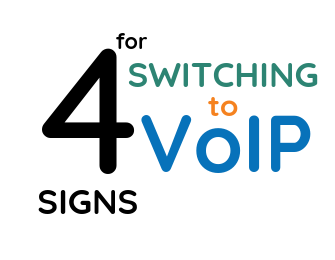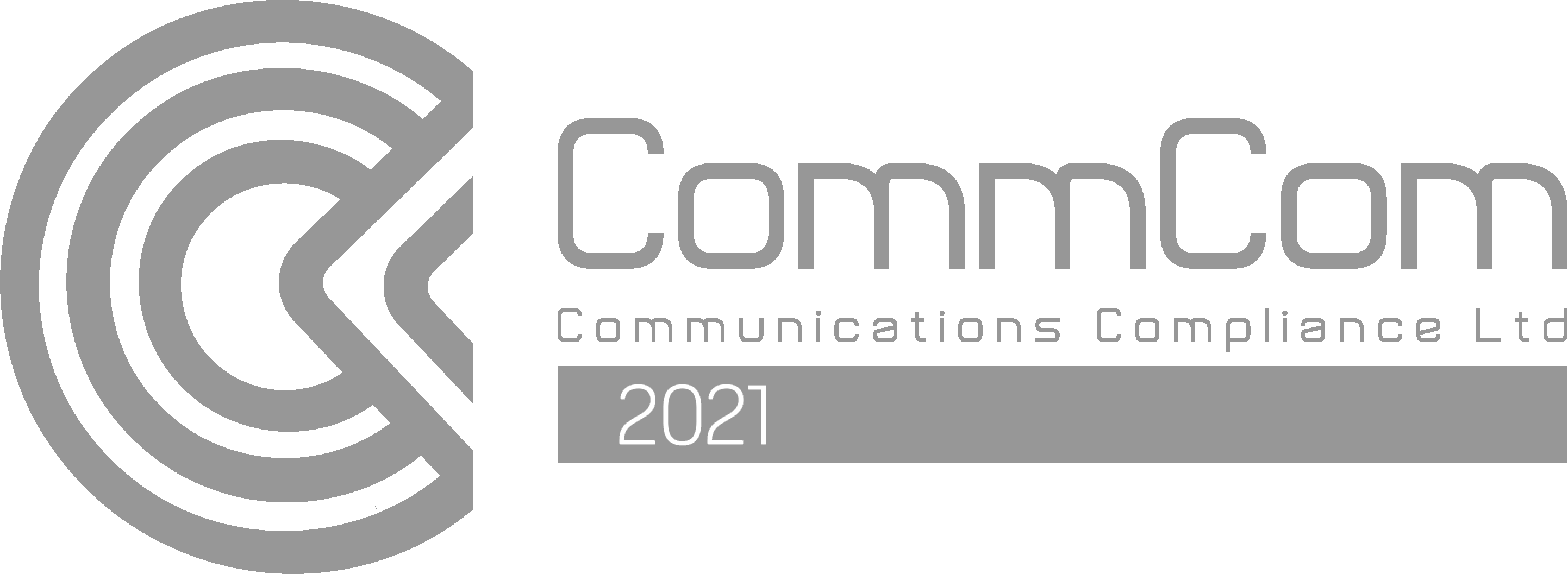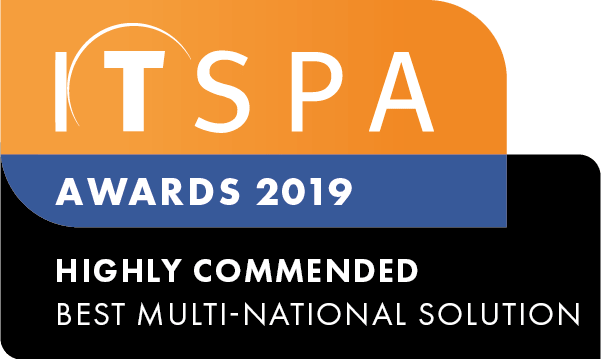According to market research firm Future Market Insights, about 204.8 million telecoms clients are forecasted to exploit IP-enabled telecommunications services by 2020. This will account for $86.20 billion in worldwide revenues.
Another market research company Infonetics have found that in the United Kingdom, 45% of companies are already making some use of SIP trunking. This figure can be expected to jump to 67% this year. That amounts to a lot of people taking the updated approach to voice communications.
However, the question is: Is it right for your business?
Here are some points that you should consider before making a move to an IP telephone system.
#1 – You are on a budget
The biggest reason that companies choose to SIP trunking with an IP-enabled PBX is to reduce operating costs. Small businesses that switch to VoIP cut their prices by up to 40%. They also save up to 90% per cent on international calls. The best SIP trunking suppliers offer unlimited call plans to United Kingdom phones for one low monthly fee per SIP channel. (A SIP channel can handle one incoming or outgoing call at a time)
#2 – You are growing
Adding a lot of legacy phone lines is a long-winded process. You have to get physical lines put in and create space for the extra infrastructure.
What's worse is that legacy phone lines are generally subscribed in groups of 23. If you need only 24 lines - you'll have to pay for 46 as it's not possible to divide them into smaller groups.
SIP trunking allows you to tailor your services to what your requirements are without over-committing.
#3 – You have a limited pool of technical resources
Many people assume that because of SIP trunking's basis in the cloud that it needs specialised experience to implement and manage.
This is not the case.
If you select a proper supplier, installation is straight-forward, and the associated maintenance and administration can be completed in an easy-to-use online customer portal. The move to SIP puts everything on one network, creating more streamlined infrastructure requirements.
#4 – You wish to leverage unified communications to improve productivity
SIP trunking and unified communications go hand in hand. If your team benefits from integrated video, presence, instant messaging, or application integration, then SIP would be an excellent companion to your business.
The fact that the old (PSTN) telephone network is being phased out in the next 8 - 10 years means all businesses will need to switch to SIP trunking eventually.
If any of the points mentioned above apply to your business, it would be a good idea to consider moving over to SIP sooner rather than later.
Looking for a reliable VoIP provider? Sign up at VoIPLine Telecom and get 14-Day free trial to try the best features of our Hosted PBX phone telephone solution.
">]]
">]]












